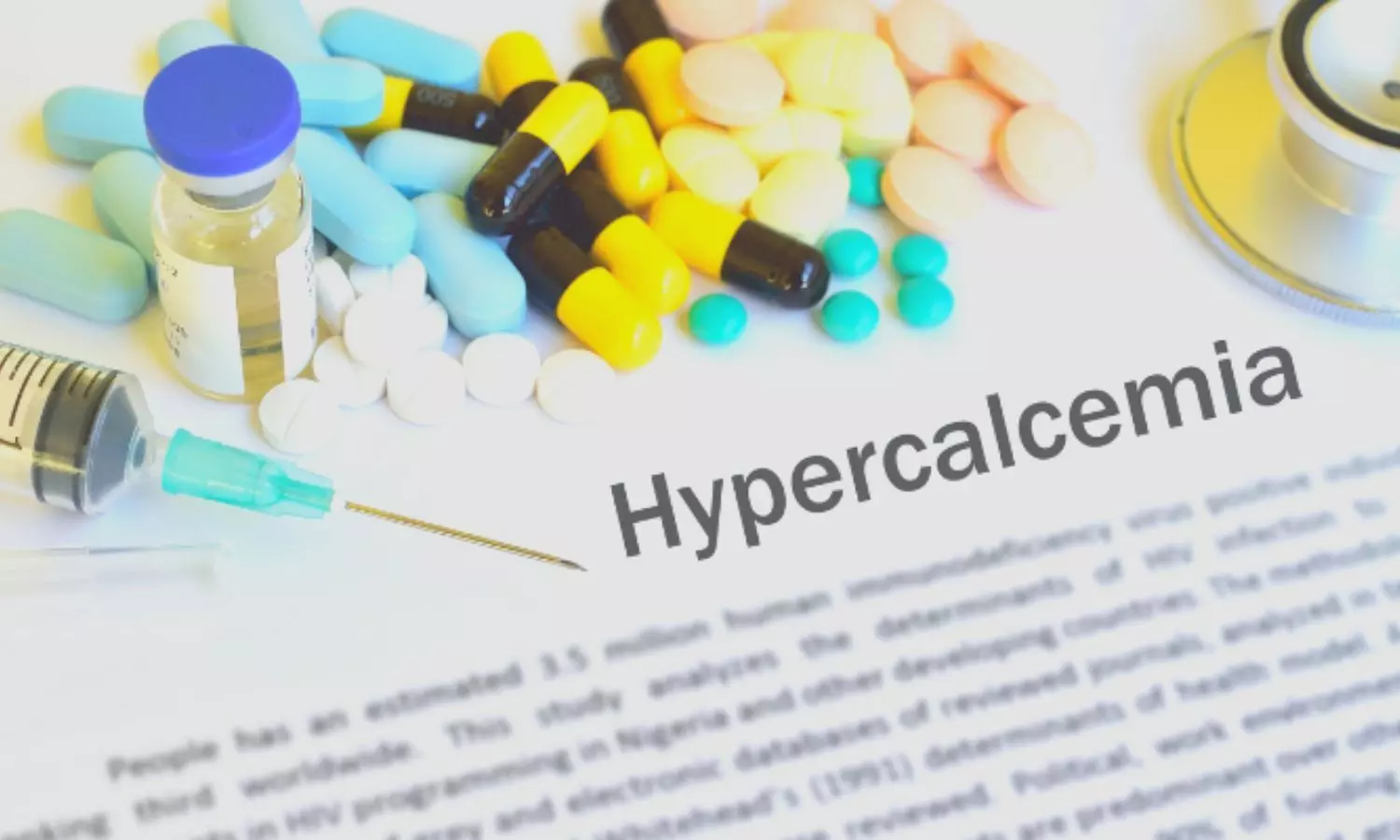Tirzepatide and Thiazide Use in CKD Linked to Risk of Severe Hypercalcemia, Reveals Case Report
By Dr. Kamal Kant Kohli,Medha Baranwal
Copyright medicaldialogues

USA: Researchers have reported a potential risk of severe hypercalcemia when tirzepatide, a dual GIP and GLP-1 receptor agonist, is used in combination with chronic thiazide diuretics—particularly hydrochlorothiazide (HCTZ)—in patients with pre-existing chronic kidney disease (CKD). The finding comes from a new case report published in Endocrinology, Diabetes & Metabolism Case Reports, highlighting a previously unrecognized interaction between these commonly used medications in individuals with type 2 diabetes and other comorbidities.The case involved a 65-year-old woman with obesity, hypertension, CKD stage 3, and type 2 diabetes, who had been on long-term Losartan/HCTZ therapy. Shortly after receiving her first dose of tirzepatide, she developed symptomatic hypercalcemia, presenting with generalized weakness, altered mental status, fatigue, mild constipation, and increased urination. Laboratory testing revealed a corrected calcium level of 4.58 mmol/L, far exceeding the normal range of 2.12–2.62 mmol/L. Interestingly, parathyroid hormone and vitamin D levels were low, and imaging studies ruled out malignancy or other structural causes, pointing to a drug-related etiology.Management focused on immediate cessation of both tirzepatide and HCTZ, aggressive intravenous hydration, and short-term calcitonin therapy. The patient responded rapidly, with calcium levels returning to normal by the fourth day of hospitalization. Subsequent follow-up confirmed sustained normocalcemia, demonstrating that timely recognition and intervention can prevent long-term complications.The report raises concerns about a potential pharmacological interaction between tirzepatide and thiazide diuretics, which may be particularly significant in patients with impaired renal function. Thiazides are known to reduce urinary calcium excretion, increasing the risk of hypercalcemia, while tirzepatide may influence calcium metabolism through effects on bone turnover and parathyroid hormone regulation. Although GLP-1 and GIP receptor agonists are generally not associated with significant disturbances in calcium homeostasis, the case highlights that their combination with chronic thiazide therapy could produce severe electrolyte abnormalities.The authors emphasize the need for clinicians to maintain vigilance when prescribing tirzepatide to patients on thiazide diuretics, especially those with CKD. Baseline and early follow-up monitoring of serum calcium—within one to two weeks of initiating therapy—is strongly recommended to detect abnormalities before they become symptomatic. Recognizing hypercalcemia promptly is critical, as symptoms can be nonspecific, including confusion, weakness, fatigue, polyuria, and constipation.While a single case cannot establish causality, it highlights the importance of pharmacovigilance as newer GLP-1 and GIP agonists are increasingly incorporated into diabetes and obesity management. The report calls for further studies to explore the mechanisms behind tirzepatide’s effect on calcium metabolism and to better understand potential drug-drug interactions with thiazide diuretics. With careful monitoring, clinicians can mitigate risks and ensure safe use of these increasingly popular therapeutic agents in vulnerable populations.Reference:Nduma B, Malapati SN, Vibhuti V. A potential association between tirzepatide and hypercalcemia in the setting of chronic hydrochlorothiazide use. Endocrinol Diabetes Metab Case Rep. 2025;2025(3):e250067. Published 2025 Sep 5. doi:10.1530/EDM-25-0067



